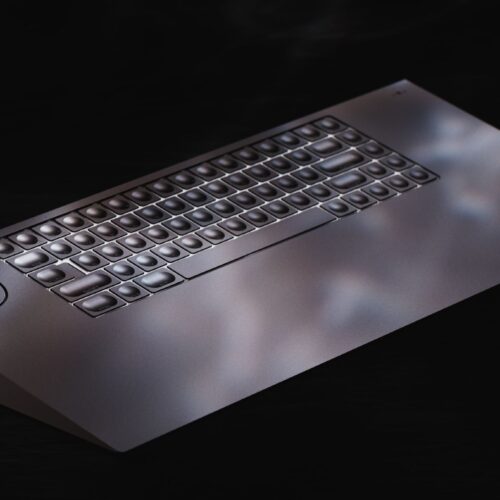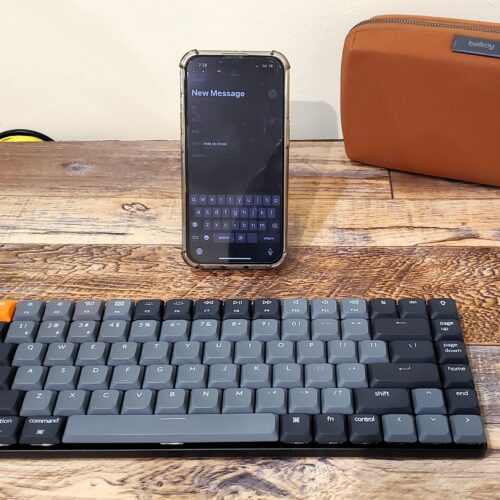Razer’s Clio is a $230 surround sound head cushion

Razer has announced three new products today, including an alternative to wireless headphones called the Clio that’s designed to attach to your gaming chair and double as a head cushion.
Powered by a 5,400mAh battery that Razer says is good for up to 14 hours of use, the Clio uses adjustable straps to attach to “most high-back gaming and office chairs” so that it’s positioned directly behind your head. Inside each of the cushion’s angled wings is a near-field speaker that uses a 43-millimeter driver paired with a passive radiator that work together to deliver “crisp, clear trebles and deep, punchy bass you can hear and feel.”
The Clio speaker wirelessly connects to Bluetooth-compatible devices like smartphones, tablets, and handheld consoles, but is also compatible with Razer’s HyperSpeed Wireless protocol for a low-latency connection to a gaming PC. Support for THX Spatial Audio creates a more immersive listening experience when using the Clio on its own, but it can be paired with additional desktop speakers and used as a dedicated rear channel as part of a larger 7.1 surround sound setup.
The Razer Clio wireless speaker is available for preorder now through Razer’s online store for $229.99 with shipping expected to begin on May 16th, 2025.
Razer also announced a new lightweight Basilisk Mobile mouse and Joro wireless gaming keyboard, which it says were created to pair with portable gaming gear “without compromising on performance.”
The Razer Basilisk Mobile mouse weighs in at 76 grams and “boasts a compact, ergonomic design” designed to slip into pockets or squeeze into a laptop sleeve along with a computer. It supports wired, Bluetooth, or a low-latency Razer HyperSpeed Wireless connection to PCs with up to 105 hours of battery life with the latter, or up to 150 hours with Bluetooth.
The mouse includes a four-way tilting scroll wheel with two scrolling modes: free-spin for more speed or tactile cycling for more precision. There’s a Razer Focus X optical sensor with up to 18,000dpi of sensitivity on the underside, while the mouse’s primary buttons use Razer’s Gen-3 optical switches boasting a 90 million click lifecycle.
The Razer Joro ultra-portable wireless gaming keyboard uses a compact 75 percent layout and measures in at 16.5-millimeters thick and 374 grams in weight. As with most Razer products, it features RGB lighting that can be animated with various effects while still offering an impressive battery life of up to 1,800 hours when using its power saving mode.
The Joro connects to devices with a USB-C cable or over Bluetooth and is not only compatible with both Windows and Apple devices including iPadOS and iOS, it also features secondary keys with macOS labels and a dedicated Microsoft Copilot Key. Laser-etched ABS keycaps help ensure longevity, and in addition to the keyboard being customizable, it can also store up to five different profiles locally, and switch between them as needed.
The Razer Joro wireless gaming keyboard is also available for purchase now for $139.99 with delivery expected in mid-May 2025, but the $89.99 Razer Basilisk MobilePortable wireless mouse is still listed as “Coming Soon” on the company’s website.








